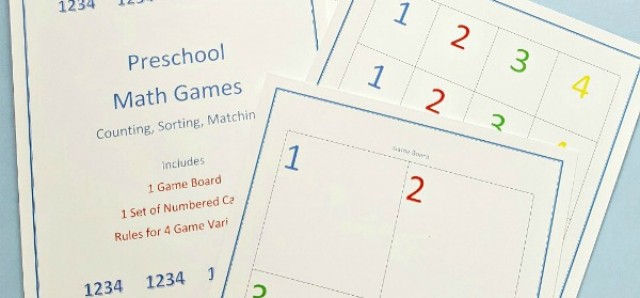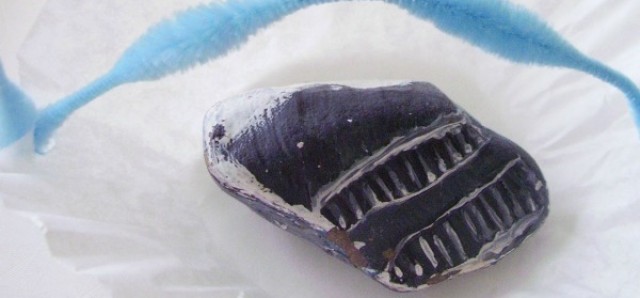Fun Preschool Math with a Watermelon
Watermelon math activities provide hands-on fun and learning in the kitchen. Enjoy a watermelon snack, then explore fractions, shapes, weight, and more with watermelon games.
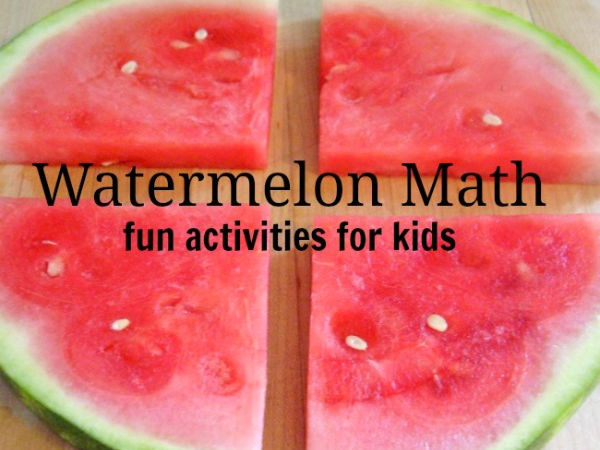
This post contains affiliate links. Privacy and Disclosure
Are you excited for watermelon season? It's one of our favorite summertime foods so we look forward to it every year.
Watermelon may be colorful and mouth-watering, but it's also cumbersome to lift! Fortunately, the benefits we enjoy from a watermelon far outweigh the effort of lugging it home.
Besides being a delicious snack, watermelon is an interesting material to use for math activities. Size, weight, and seeds are all components of the watermelon that can be explored.
Before you completely gobble up your watermelon, have fun using it to explore fractions, weight, and shapes with your early learners.
Watermelon math
These watermelon activities are simple enough for preschoolers, but big kids can have fun with them too. Kids can observe the shapes and sizes that emerge as the watermelon is divided into sections.
- The activities are meant to be done with adult supervision, since there's a lot of slicing and dicing going on.
Interesting fact: watermelon is 90% water!
Related: Exploring seeds in foods
1. Shapes

Cut the watermelon in half. Observe the circle you created.
Cut the circle in half. Look for the semi-circle, or half circle.
Cut in half again. Look for the triangle.
2. Fractions
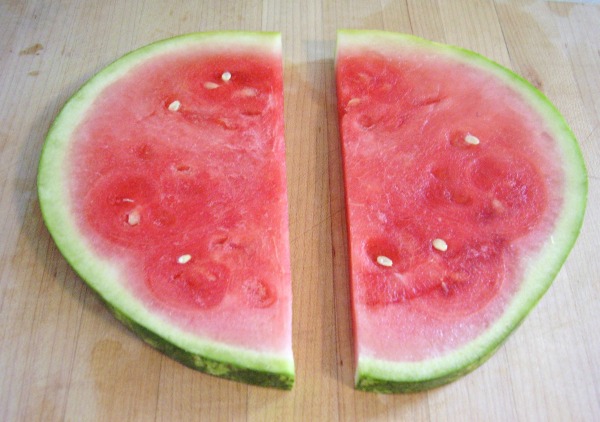
a) Divide a whole circle into two halves.
- Count the seeds in each section for more math play.
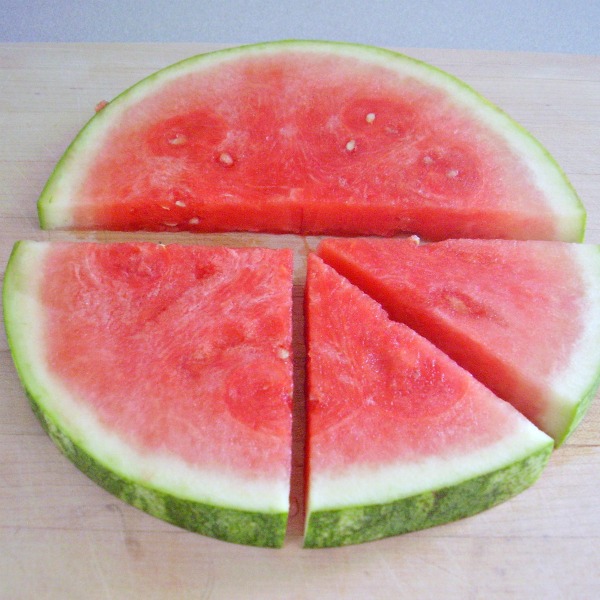
b) Cut one semi-circle in half and then in half again to form sections as shown: 1/2, 1/4 and 1/8.
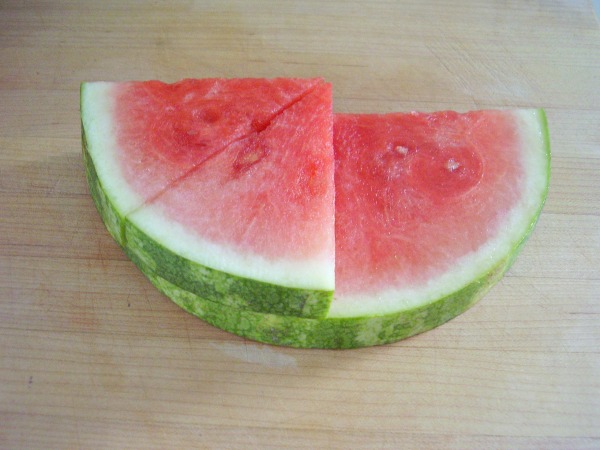
c) Stack 1/4 pieces on top of 1/2 piece to further illustrate the fractions.
3. Weight
Weigh sections of watermelon on a digital or analog scale.
Will two 1/4 pieces weigh the same as 1/2?
4. Food for thought!
Is watermelon a fruit or a vegetable?
Both! Here's one reason why:
- It's a fruit because it grows from a seed, and a vegetable because it is harvested from a field. Explore more reasons to explain why it's both a fruit and a vegetable.
How do you know when a watermelon is ripe?
These are just a few ways to test for ripeness:
- The watermelon has a hollow sound when you tap it.
- The fruit is heavy to lift.
- The fruit has a green stem.
5. Learning through play with watermelon math
A refreshing watermelon snack becomes awesome math play for preschoolers!
Here are a few more ideas for sensory and fine motor play with watermelon.
1. Chop watermelon.
Provide a large chunk of watermelon for kids to chop into small pieces with kid-friendly utensils.
2. Squish watermelon.
Place pieces of chopped watermelon in a large bowl or on a large tray. Kids can squish the pieces with a potato masher.
3. Paint with watermelon stamps.
Cut rinds (outer shell) into chunks or blocks.
Dip in paint and press onto paper for a painting activity. We've already done this fun open-ended art activity with pumpkin pieces.
4. Count seeds.
Collect seeds to sort and count in a math activity with other seeds found in foods.
5. Plant seeds.
Collect seeds to germinate.
Related: How to garden with deck planters

STEAM KIDS Early Learning Resource

Math board on Pinterest exciting math activities for early learners

